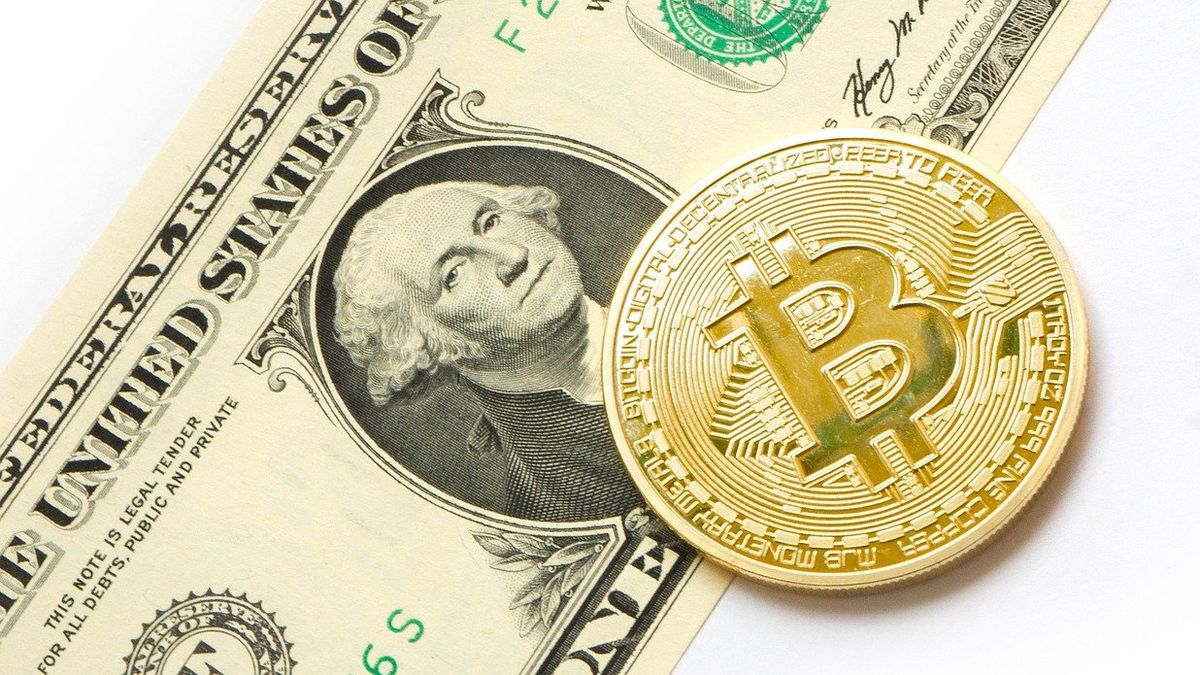Backed by fiat money
It is the most common type of stable currency, they are backed 1:1 by fiduciary money, this means that for each token that there is, its equivalent in fiat money must exist in custody. USDT, USDC and BUSD fall into this category.
The issuing entities of these currencies are centralized, and one has to trust that the backing that each one has is the same as that in circulation. Users generally cannot know 100% for sure that the backs are truly the same as the tokens in circulation. That is why USDT over the years has suffered from various controversies that may have led users to prefer USDC over it. But in counterpart USDT is the stablecoin with the largest market capitalization ergo with the largest global trading volume.
Backed by cryptocurrencies:
On the other hand, cryptocurrency-backed stable tokens aim to obtain such parity through collateralized backing. The emission, control and operation is completely decentralized through the use of smart contracts (Which are smart contracts, which through lines of code allow to have “x” process running with conditions to be met between different parties without the intervention of a controlling link).
The monetary policy of these tokens operates through user votes within a governance system. The purpose of this is to avoid having to place trust in a centralized issuing entity. Whoever wants to issue these cryptocurrencies must leave other cryptocurrencies as collateral in a smart contracts. In order to recover said collateral, the stablecoins must be returned to the aforementioned contract. In this way, an emission would never occur without having a corresponding backup.
Within this category we have as a brand new example the DAI token, which was founded in 2017, and continues to demonstrate its undisputed power within the collateralized stablecoins.
blockchain.jpg
pixabay
Algorithmically backed:
These cryptocurrencies are not backed by fiat money or other cryptocurrencies. Stablecoins of this nature are supported by a series of complex algorithms and smart contracts which are in charge of monetary policy.
The mechanism used is called Seigniorage Actions, where the smart contracts They act like a central bank, automatically adjusting supply and demand based on volume within the blockchain. If the price of the currency falls below parity with the dollar, the circulating nominal amount of the algorithmic token is reduced to increase its value, and if not, more tokens are issued to lower it.
This kind of token precedes the UST token within the Terra ecosystem, which suffered a sharp drop in May of this year, showing that algorithmic stablecoins are still experimental.
How can these movements be used?
The crypto dollar generally trades very similarly to the parallel or denominated dollar blue, which today is around $273. Within the Binance Exchange, stable cryptocurrencies can be obtained through a credit card. The price used is the solidarity dollar, which is currently around $220 plus a 14% surcharge charged by the platform for each transaction.
This brings the final price to $250 for each cryptocurrency purchased, but can then be sold for the crypto dollar at a floor of $277 via Binance’s P2P platform. Obtaining an approximate profit of $27 for each cryptodollar sold. Others can also be used exchanges but the Binance platform is the most recognized worldwide.
Crypto & Financial Analyst at N&W Professional Traders.
Source: Ambito




